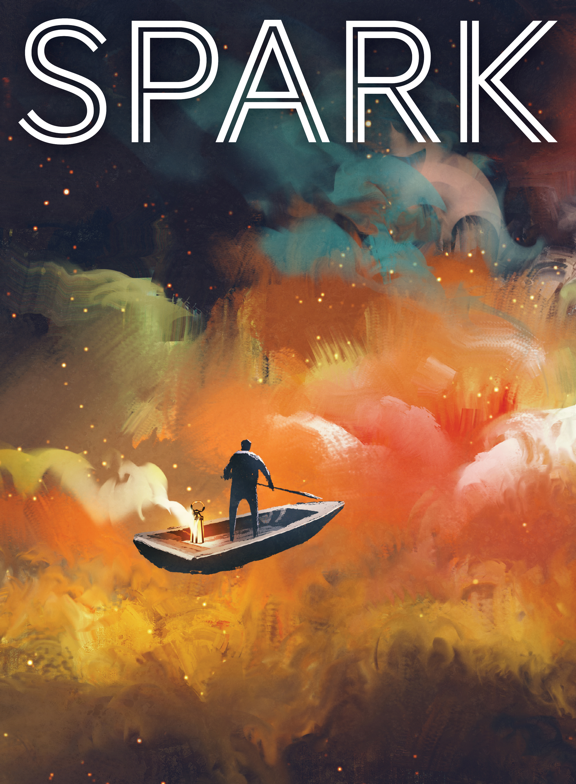What are you thinking?

Notes from Anythink's director
Dreamer
Never let it be said that to dream is a waste of one’s time, for dreams are our realities in waiting. In dreams, we plant the seeds of our future.
– author unknown
When I was in school, I would often finish my work ahead of others, leaving time to let my mind wander, to daydream. I often invented ideas or projects that I would attempt to accomplish: a game to play, a hike to suggest to my brothers, a meal to cook, a poem or story to write. Despite the usual hardships of childhood, I lived (and still live) a magical existence because of my reliance on daydreams.
Of course, some people believe daydreaming is a waste of time. Psychotherapist Nathaniel Branden quotes, “a goal without an action plan is a daydream.” There is merit to this line of thinking, but I am a firm supporter of the science behind daydreams. Taking time regularly to let one’s mind wander helps us work through ideas, problems, issues. Daydreaming gives us opportunities for scenario planning and a means to rehearse possible solutions. It gives our brain a chance to roam freely, creating connections and associations, recognizing patterns. Daydreams can be the origins of visualizing the future, creating a path to inventing a project, a foreshadowing of an adventure, a draft that can be developed with additional resources.
In a recent New Yorker article on daydreaming, Jonah Lehrer notes that there is a demonstrated correlation between daydreaming and creativity: “Those who are more prone to mind-wandering tend to be better at generating new ideas. Daydreams seem to serve a similar function as night dreams, facilitating bursts of creative insight.”
Wandering around, letting the mind connect the dots and dawdle is an essential element in creativity. Harvard professor and biologist E.O. Wilson believes that raising young scientists begins by nurturing a sense of curiosity. He recommends spending summers not racing around with back-to-back camp commitments and structured play dates, but time spent wandering through the woods, or days spent fishing and exploring. A young scientist or artist needs time to ponder questions, to talk with friends about one’s ideas and work.
Nurturing creativity requires time to daydream. Libraries can be one of these spaces to nurture curiosity and creativity. As a matter of fact, the origins of Anythink began with the team visioning their aspirations. When we were thinking about building our libraries, words such as majestic, soaring, inspiring, creative, welcoming, contemporary, natural and playful became part of our guiding vision for decision-making. The results of this visioning produced Anythink – a library where anything is possible – and a culture of staff who continue to dream and invent the future of our library. Even more amazing is the ability of Anythink to support the daydreaming and creativity of our community, which we strive to do every day. ■
Send your questions or feedback to ithink@anythinklibraries.org or post in the comments below.

